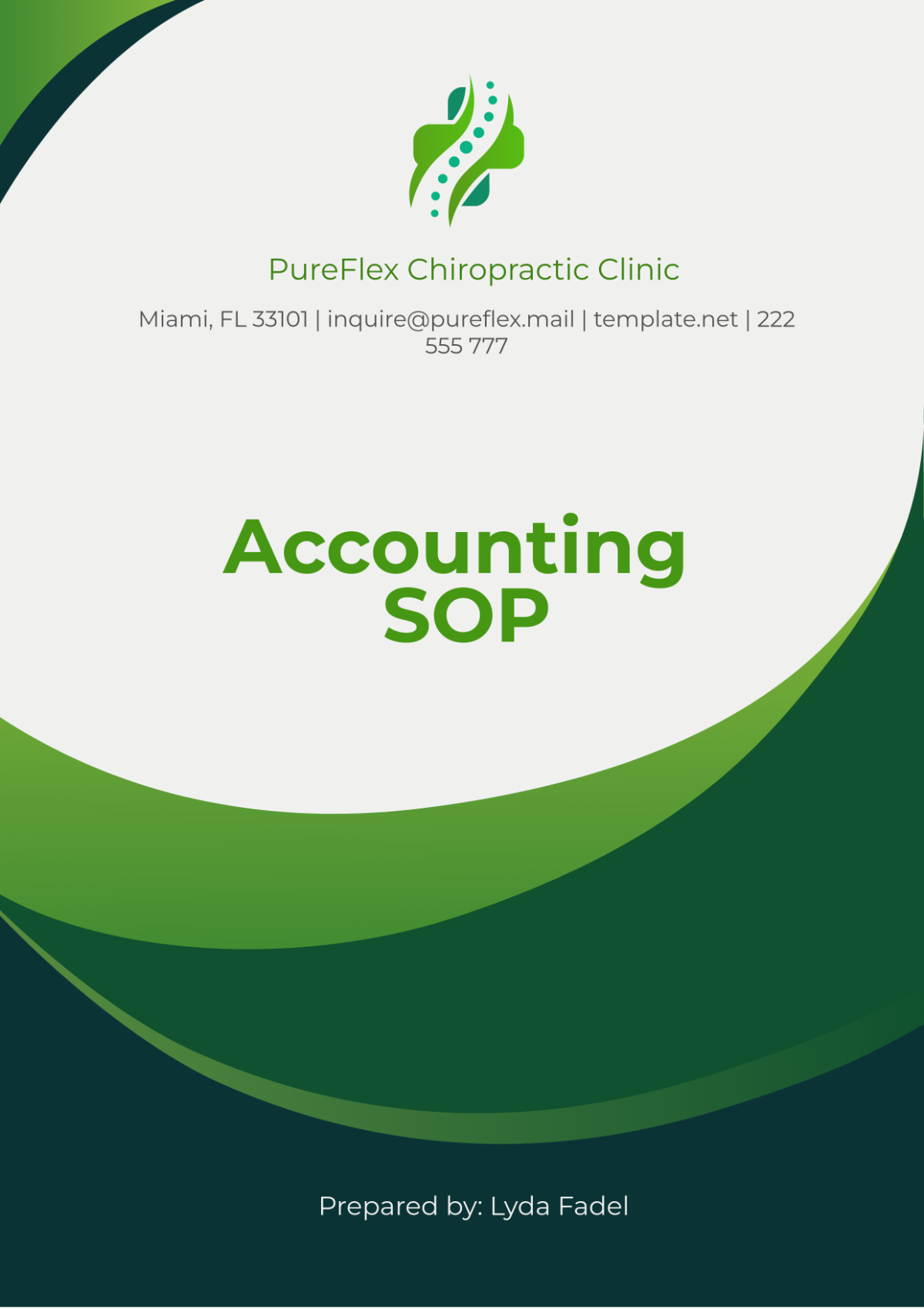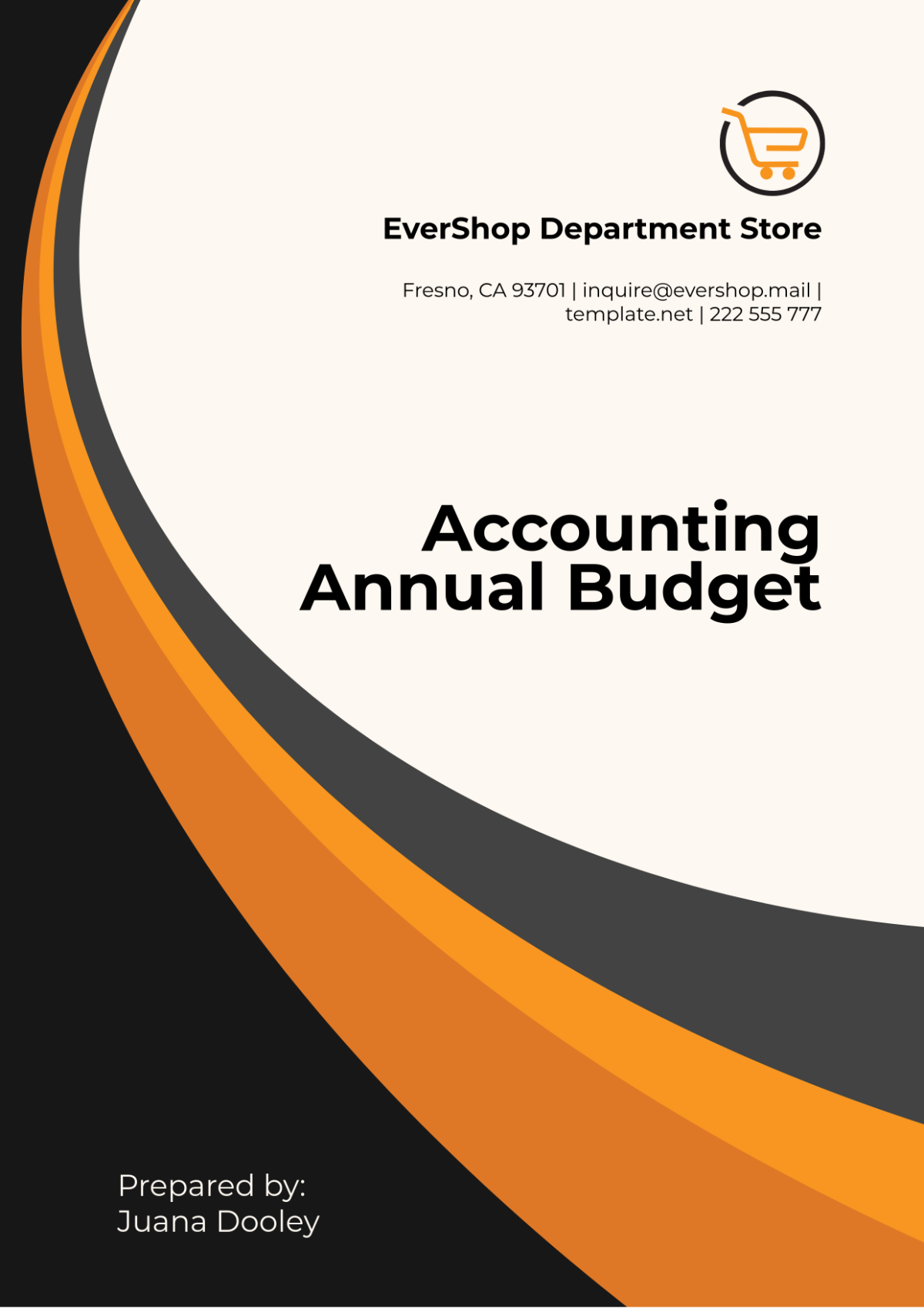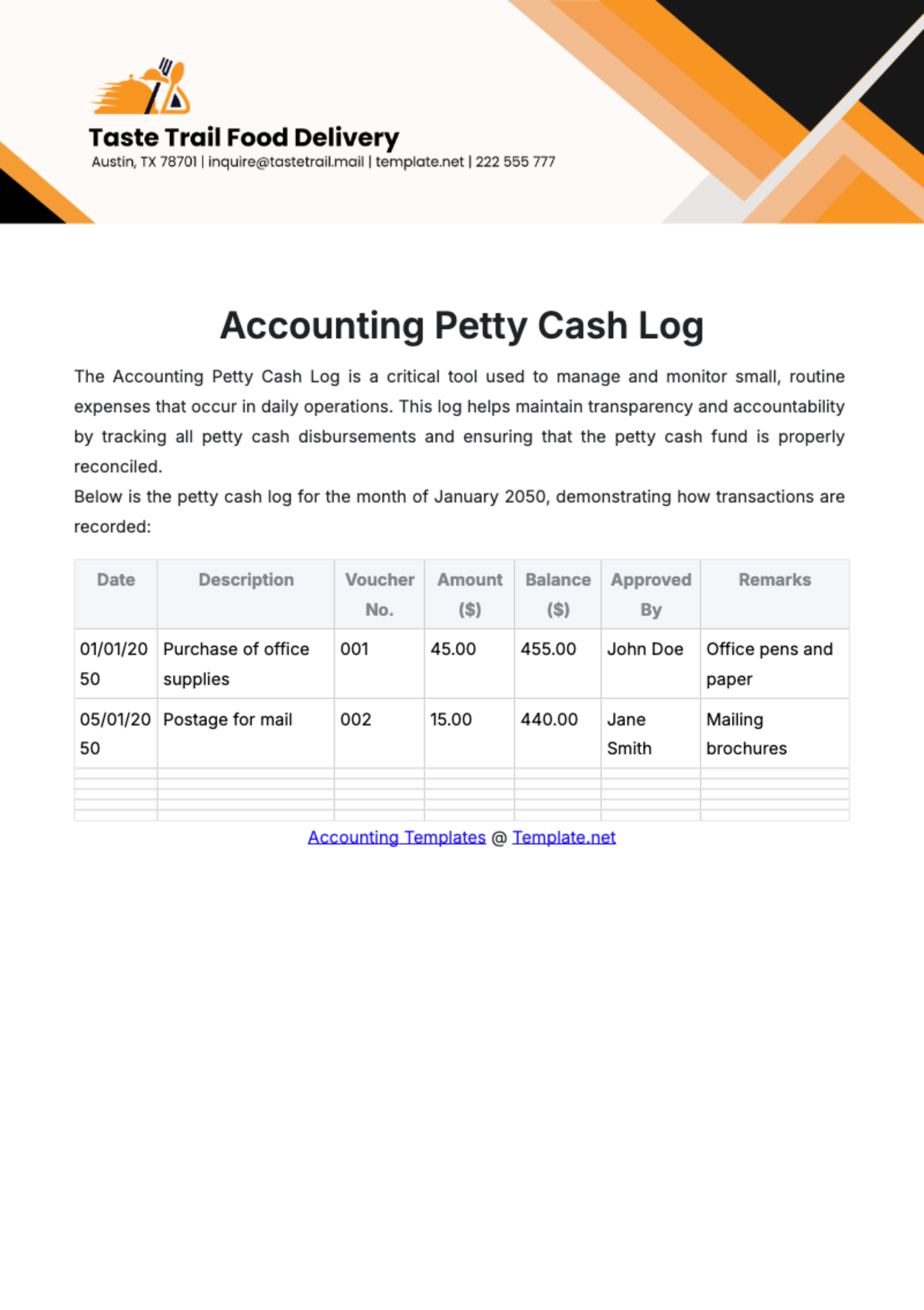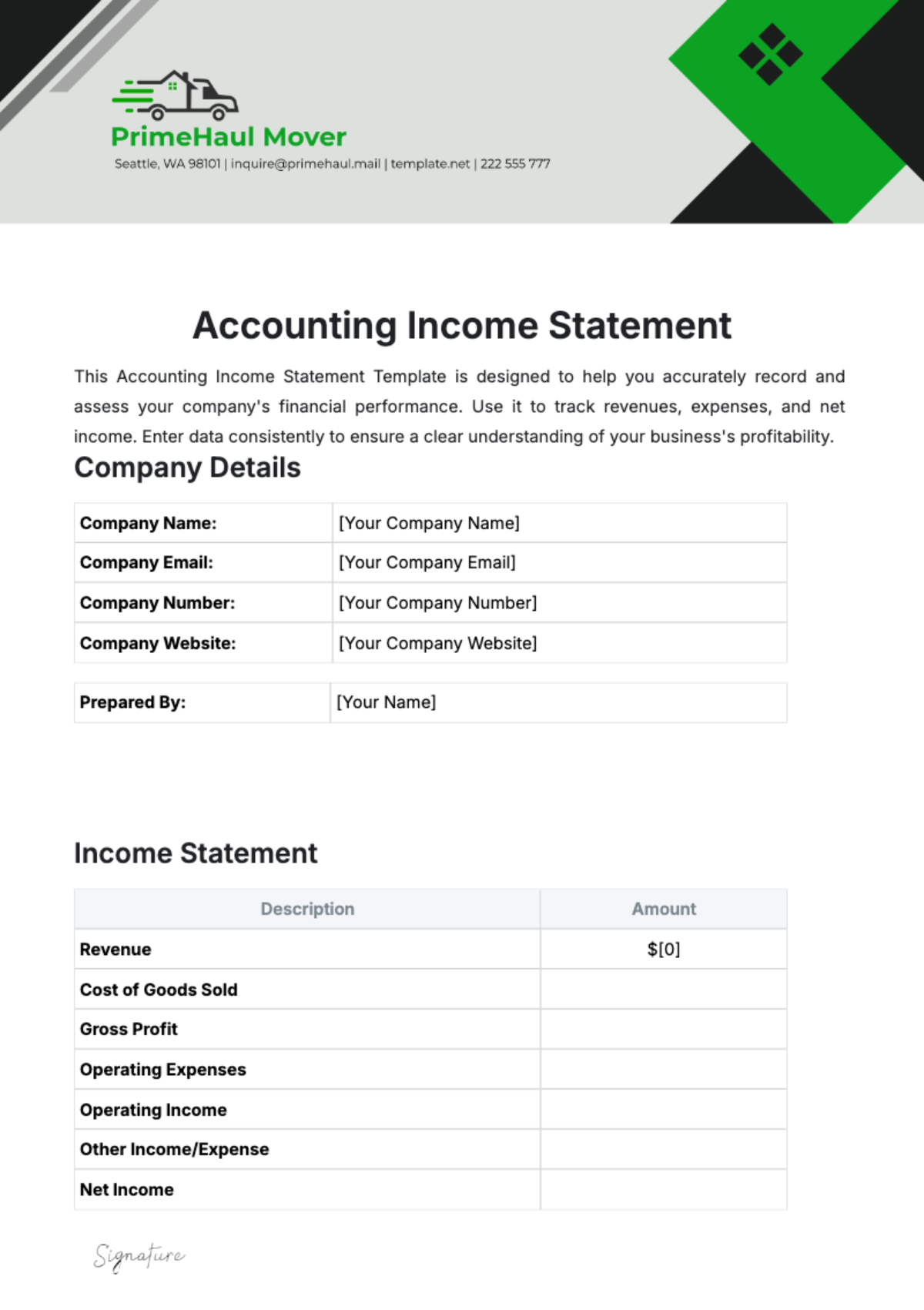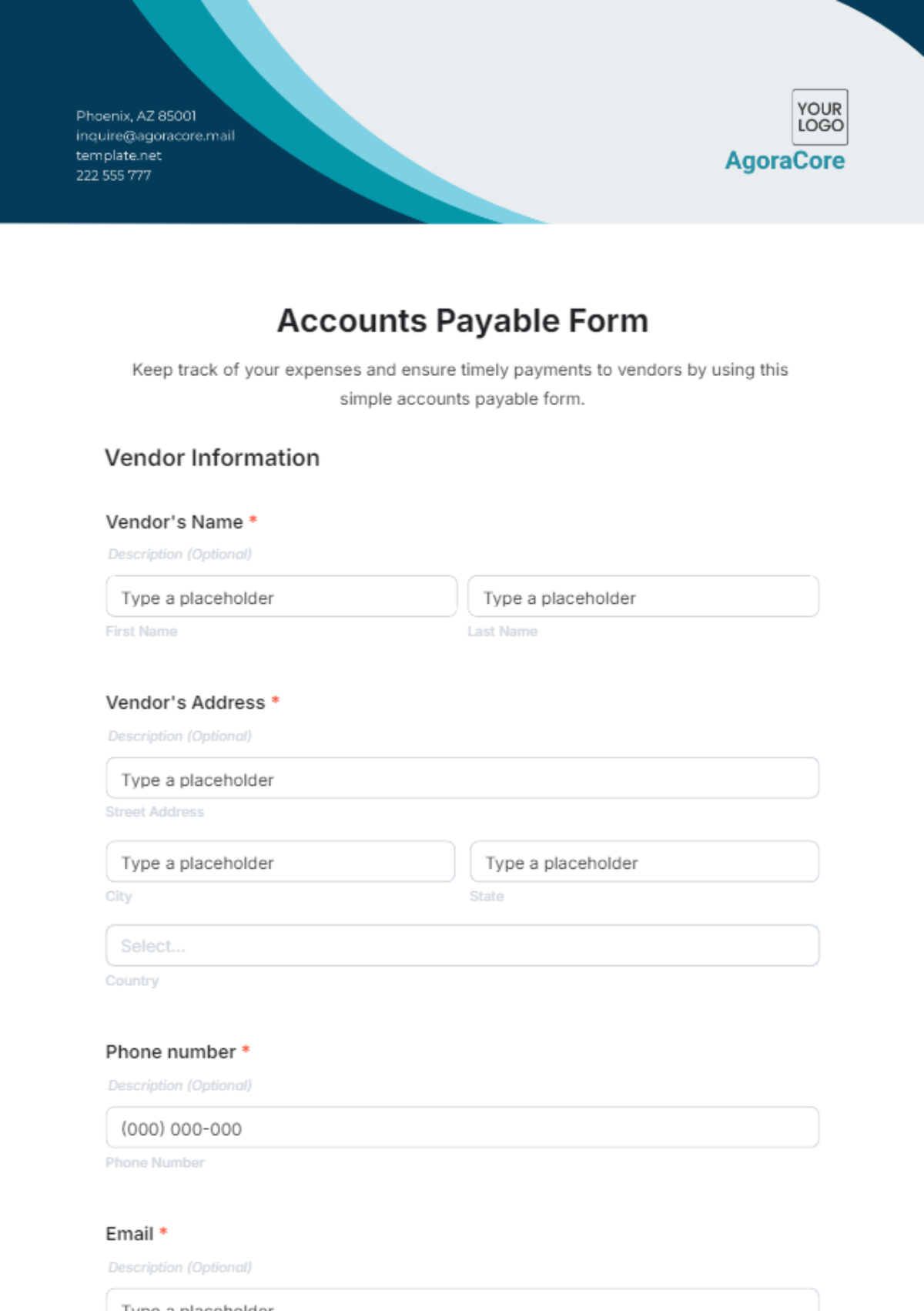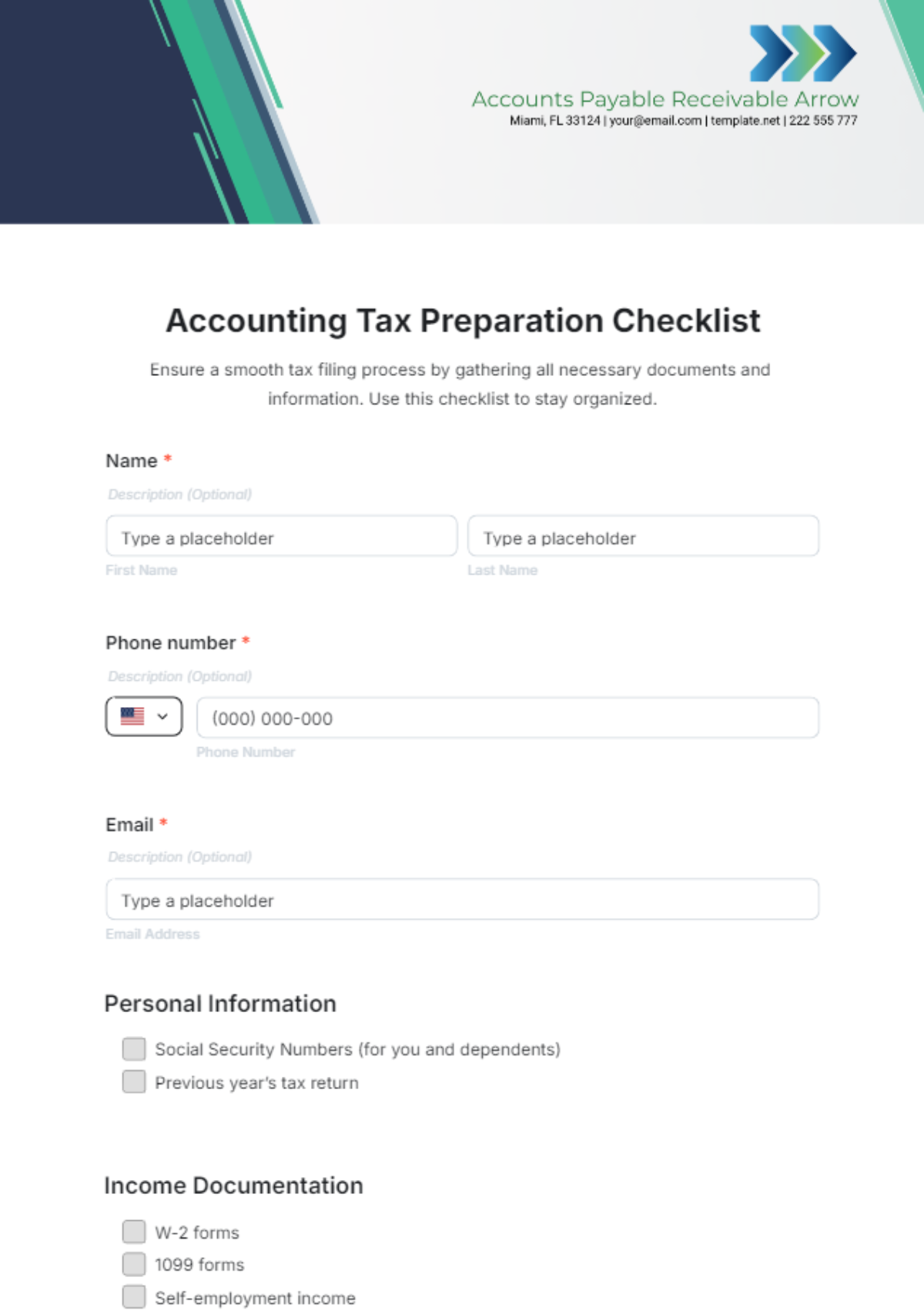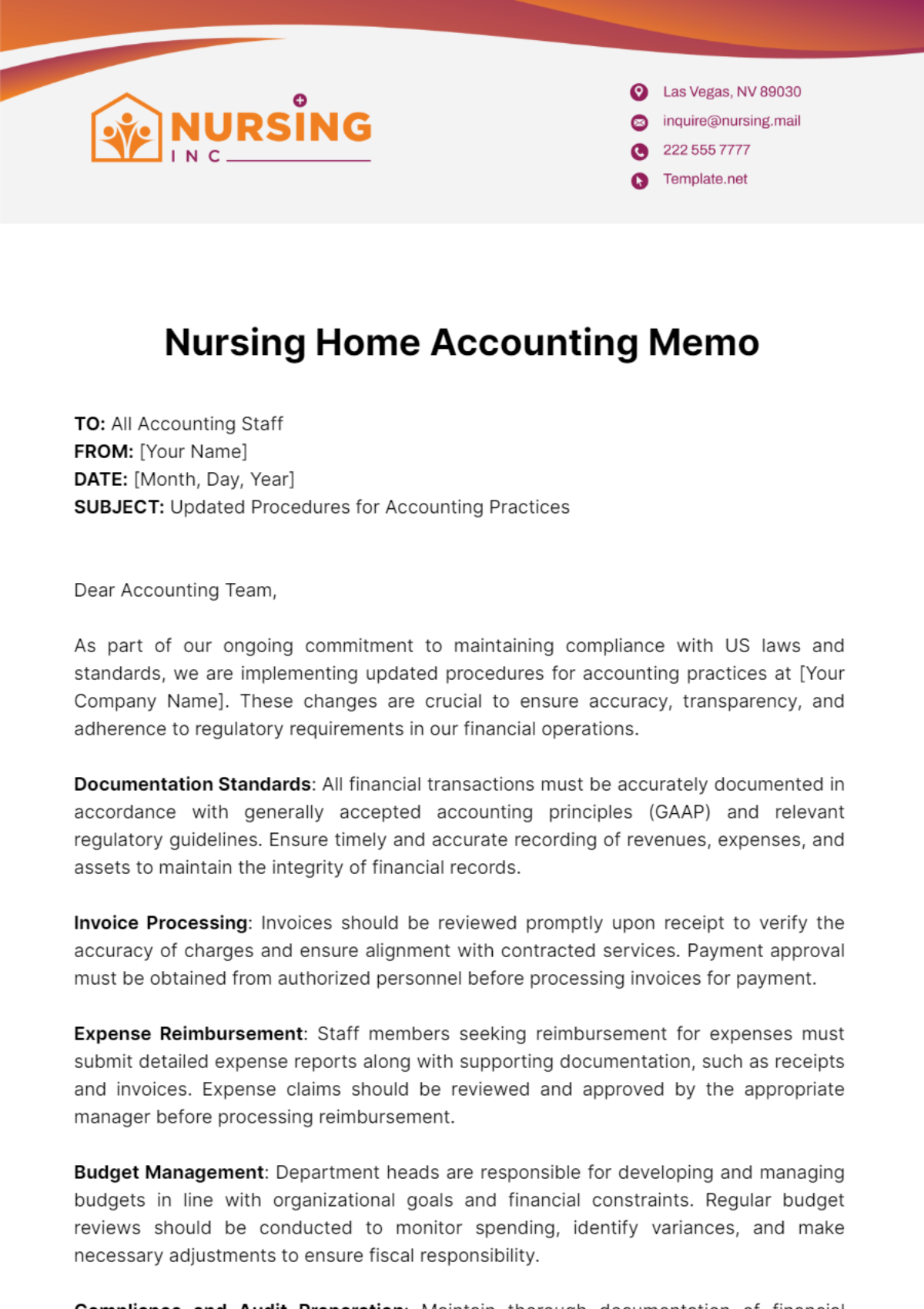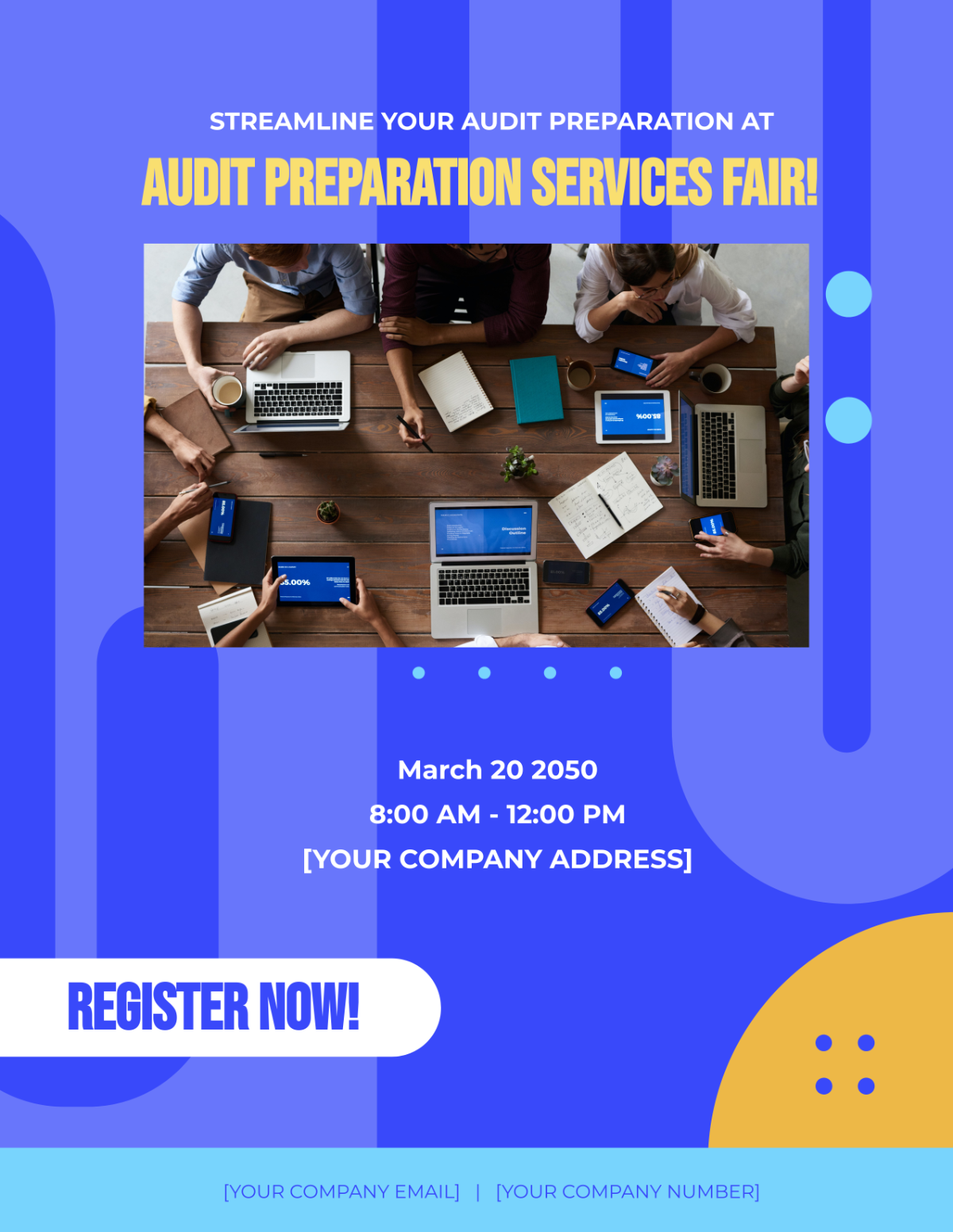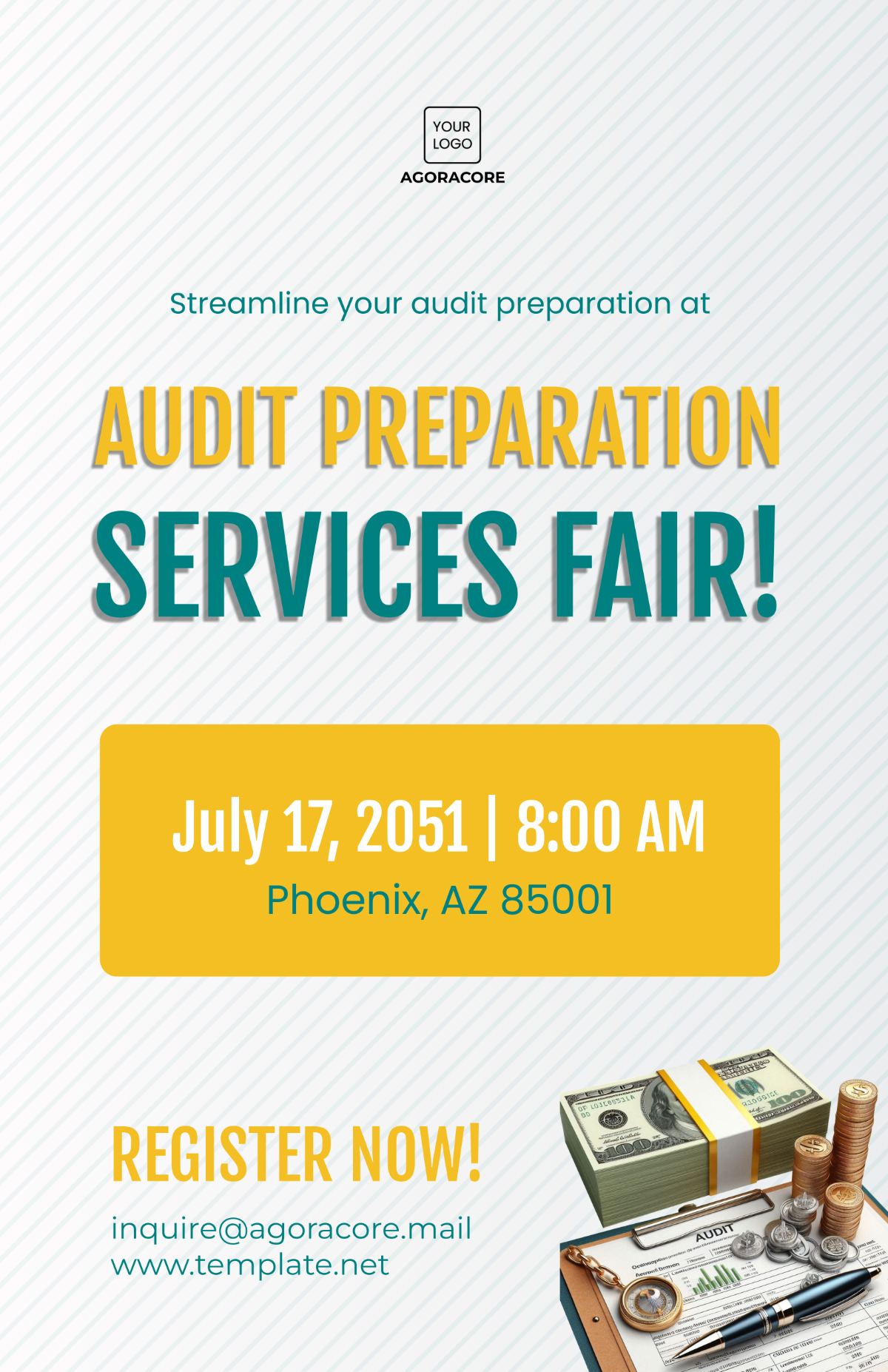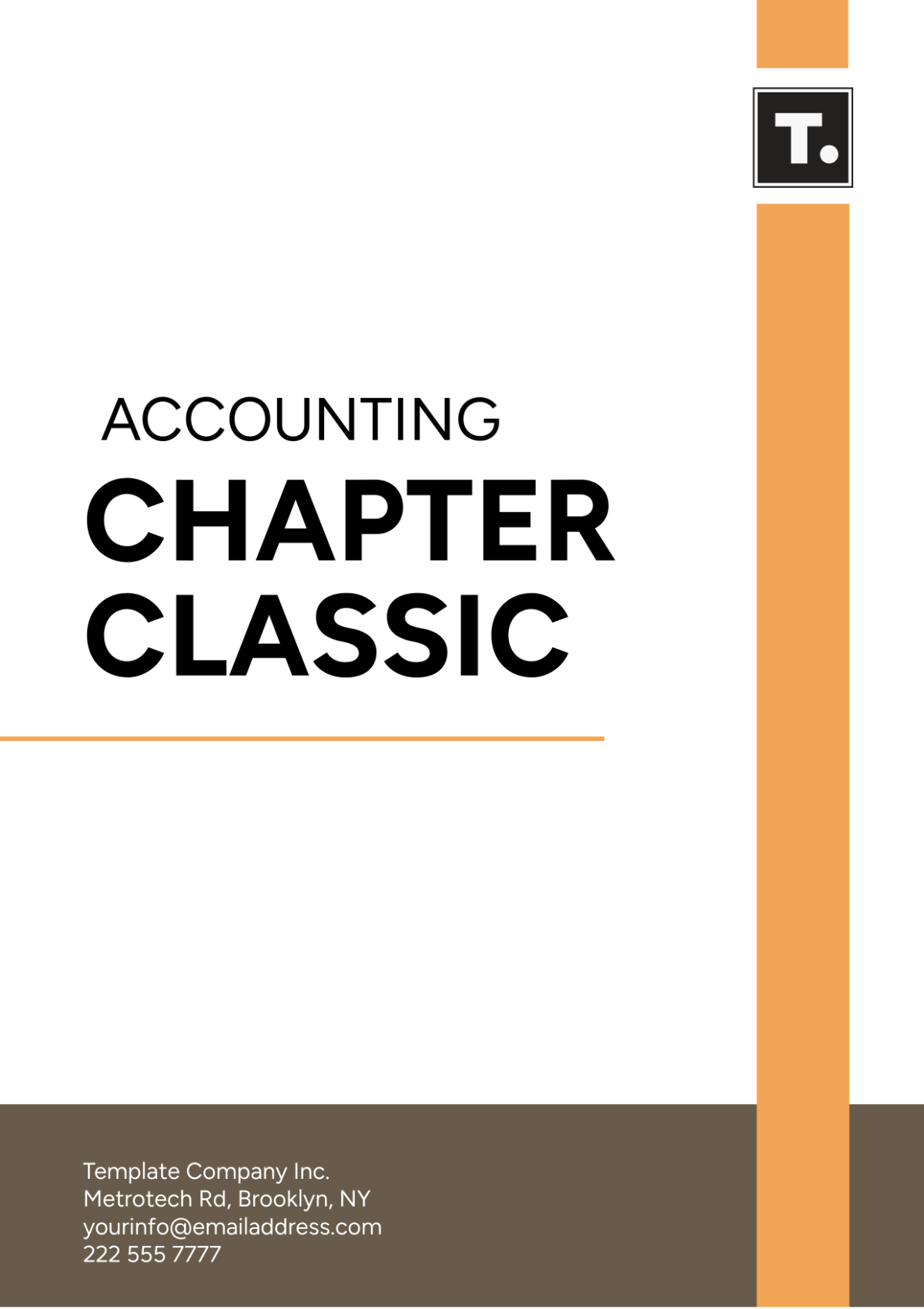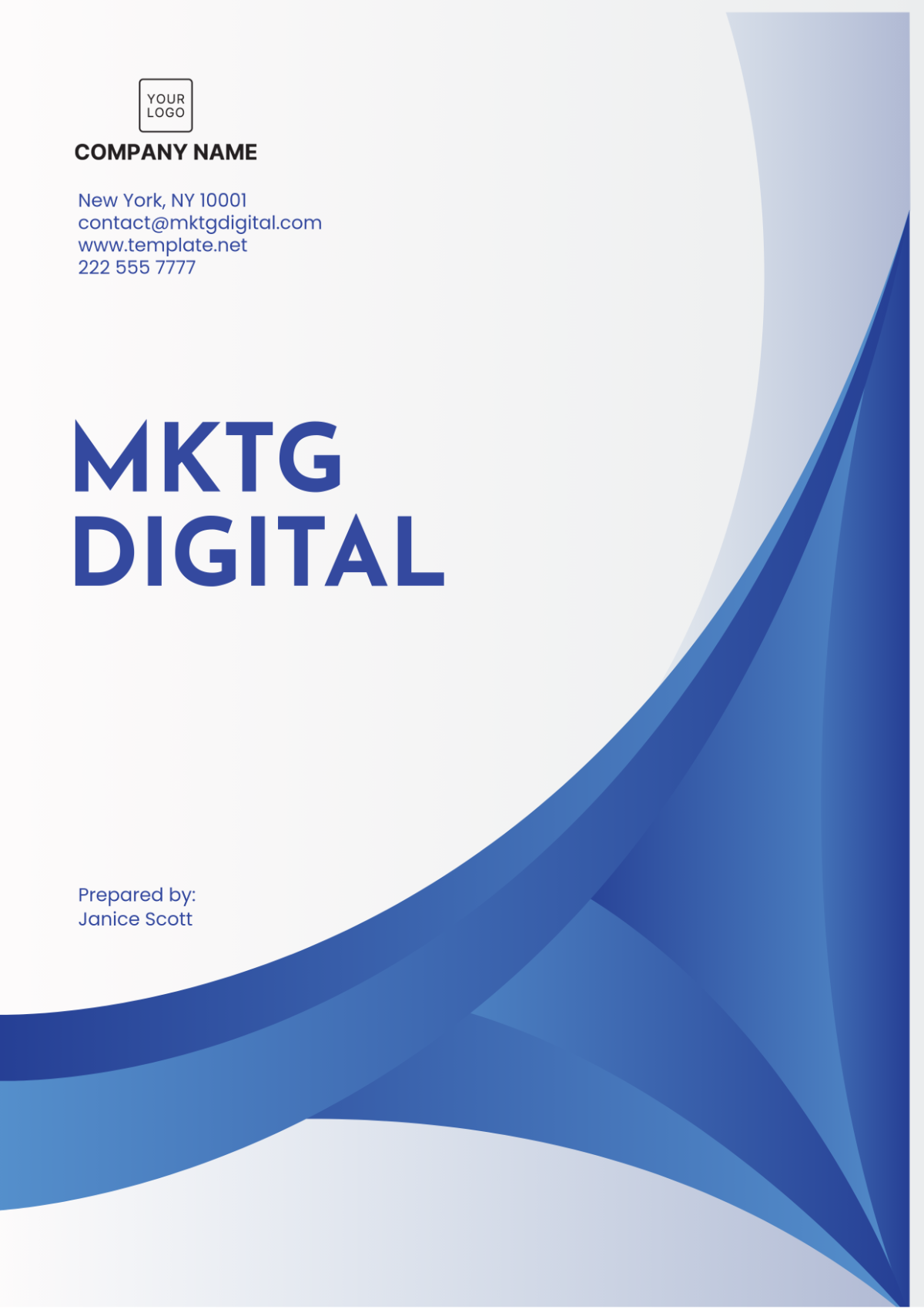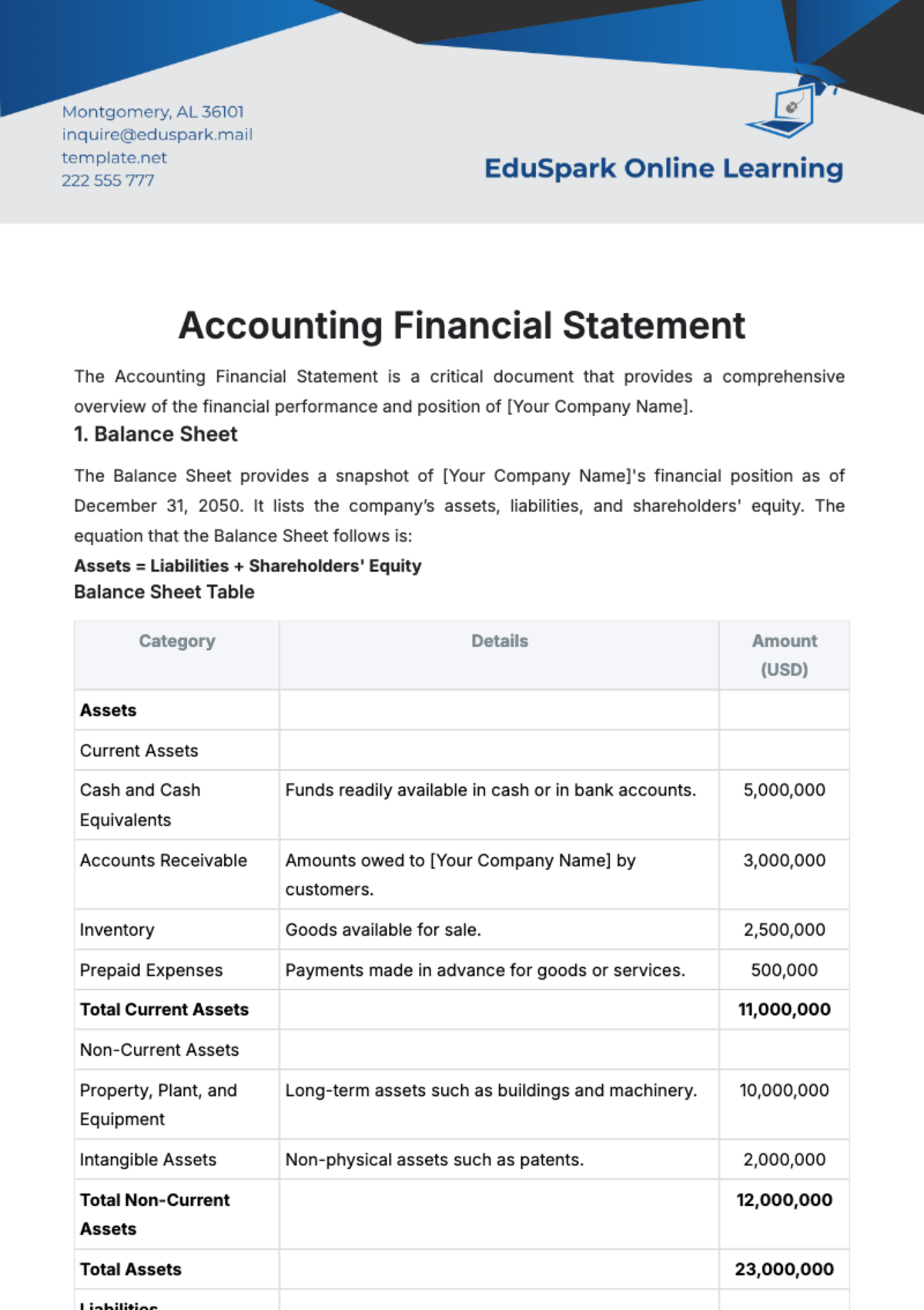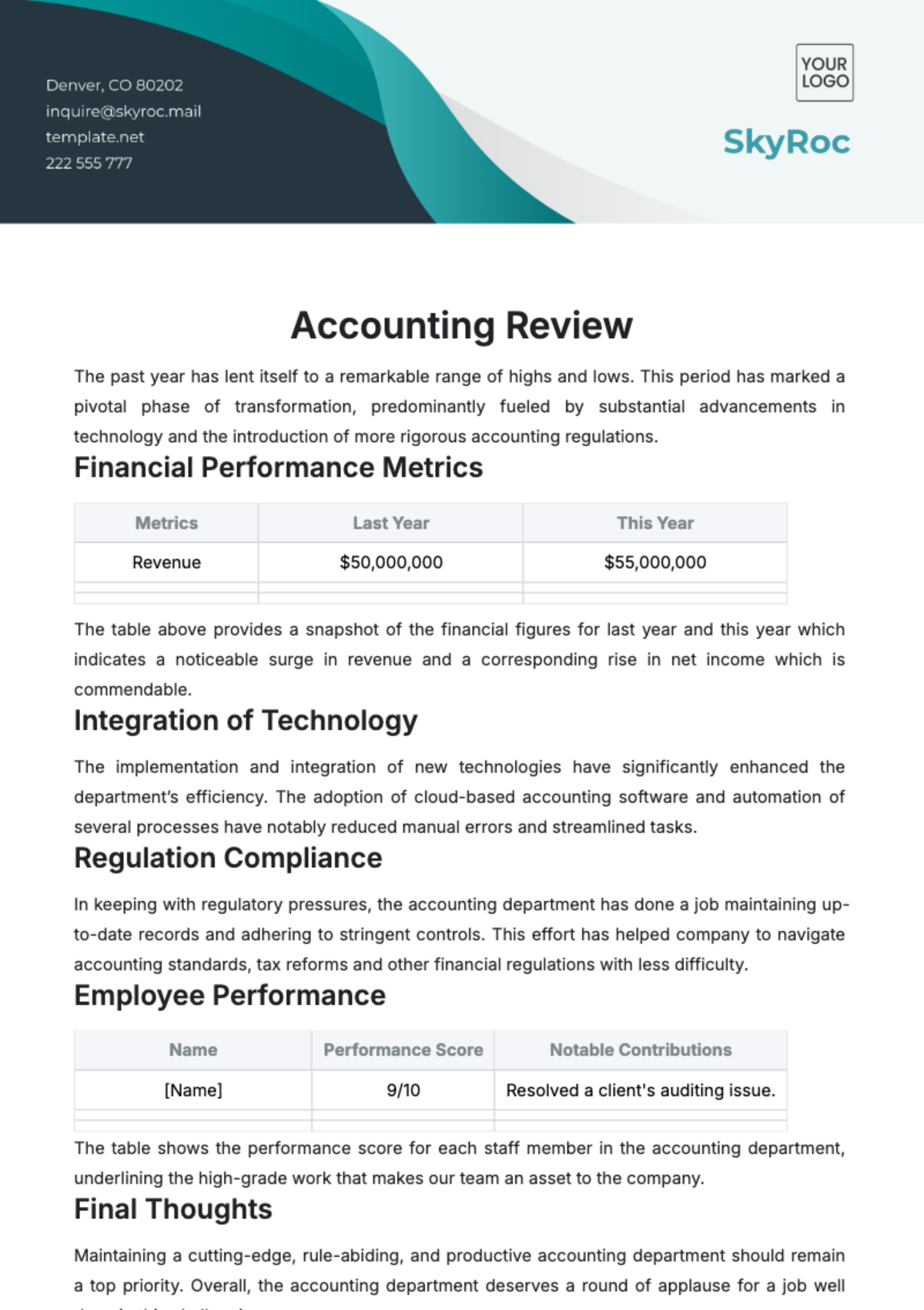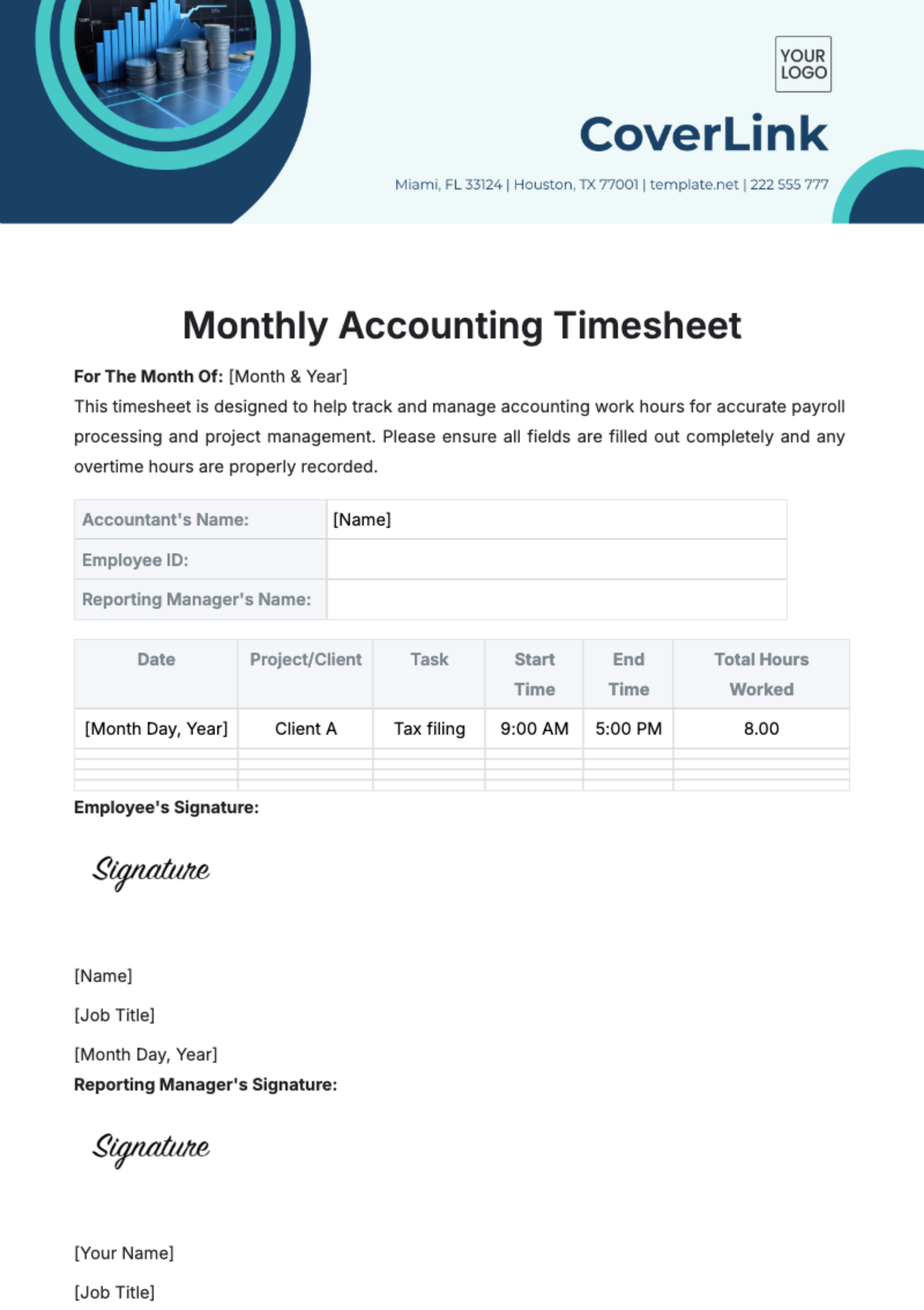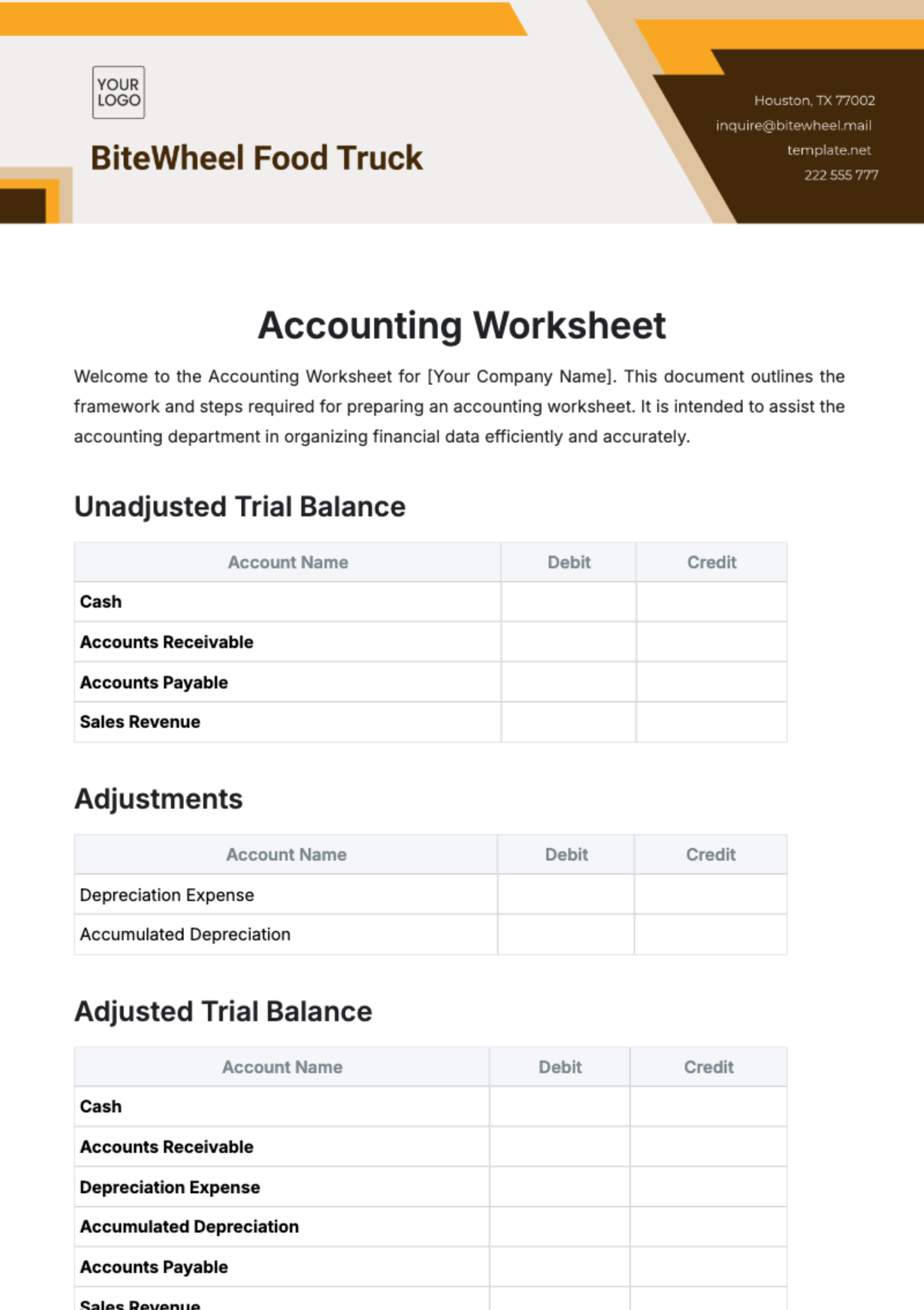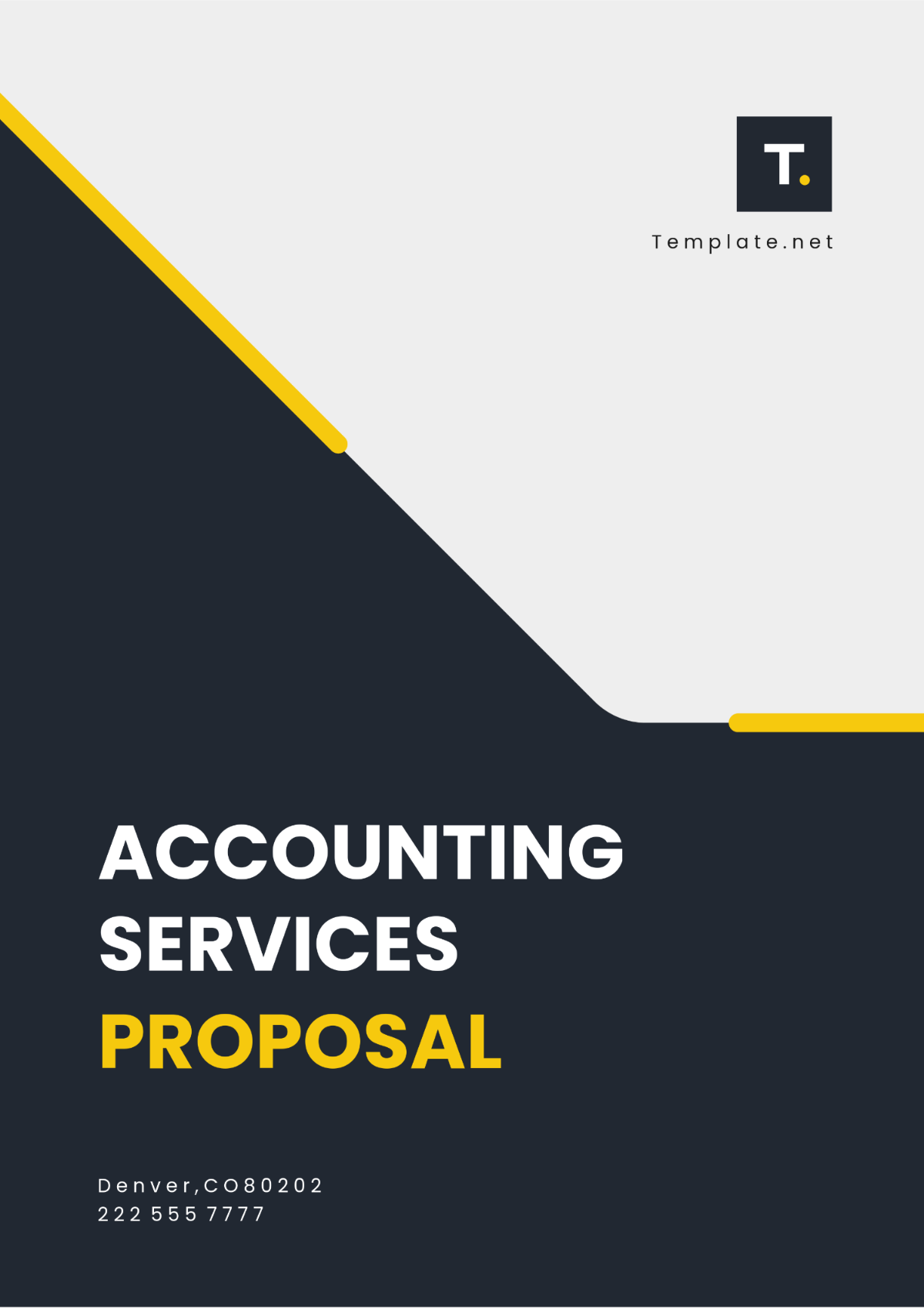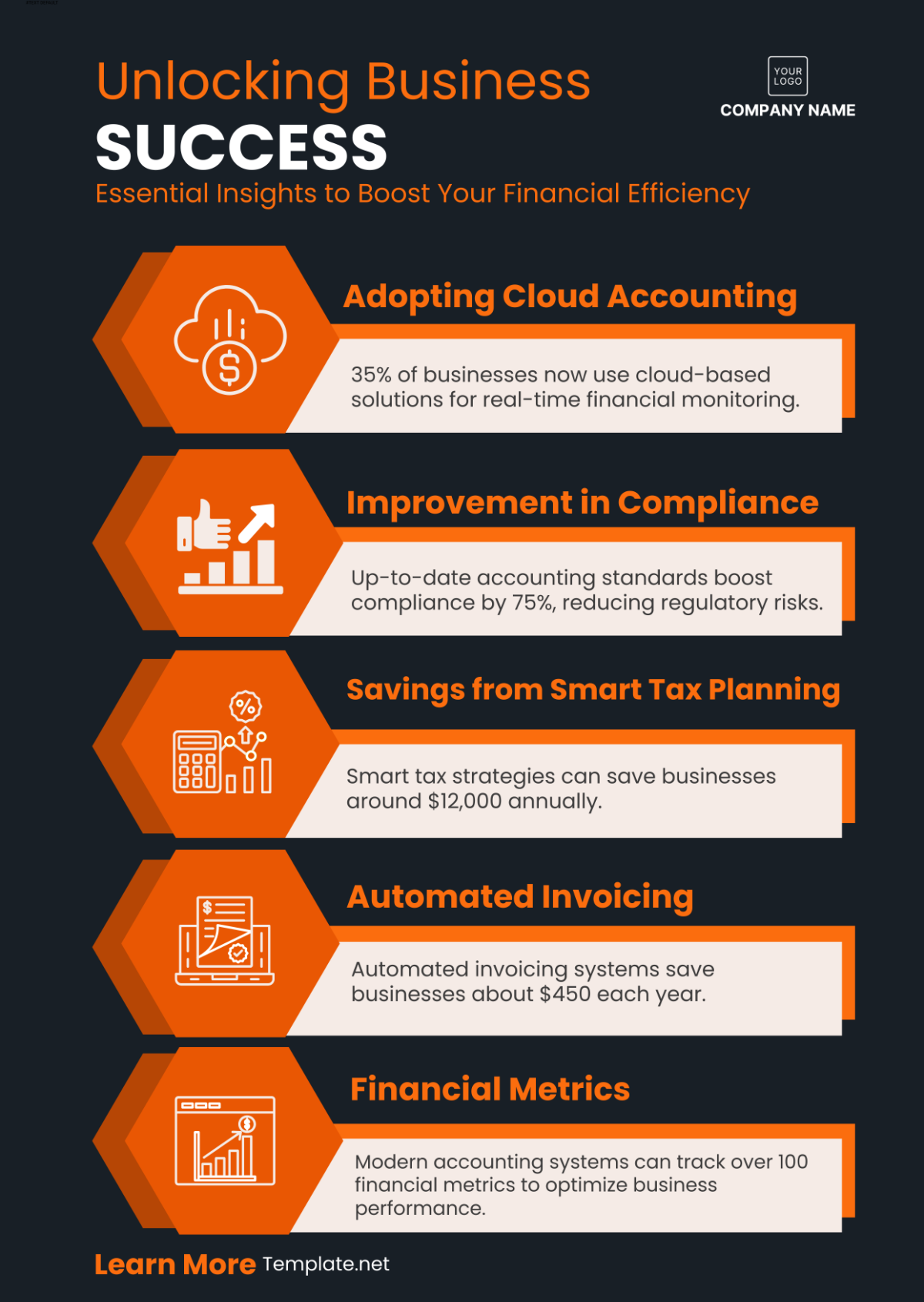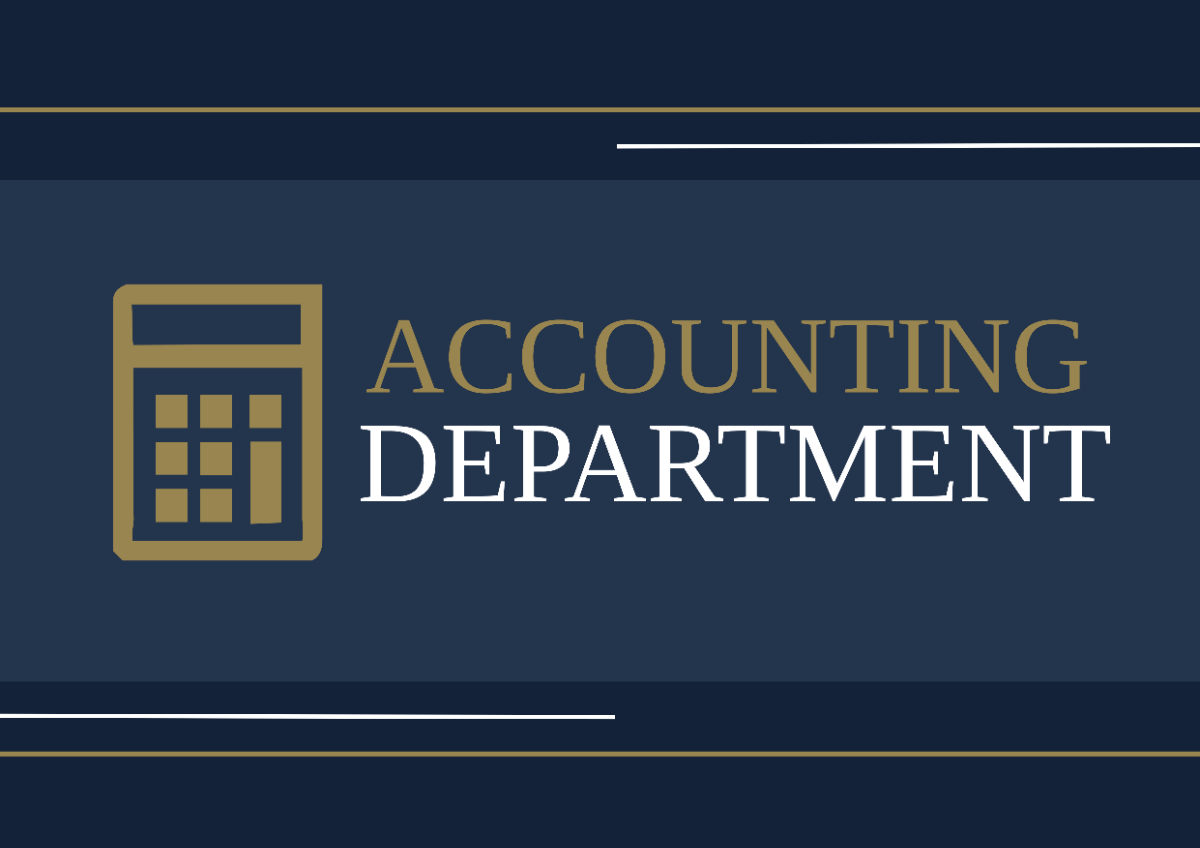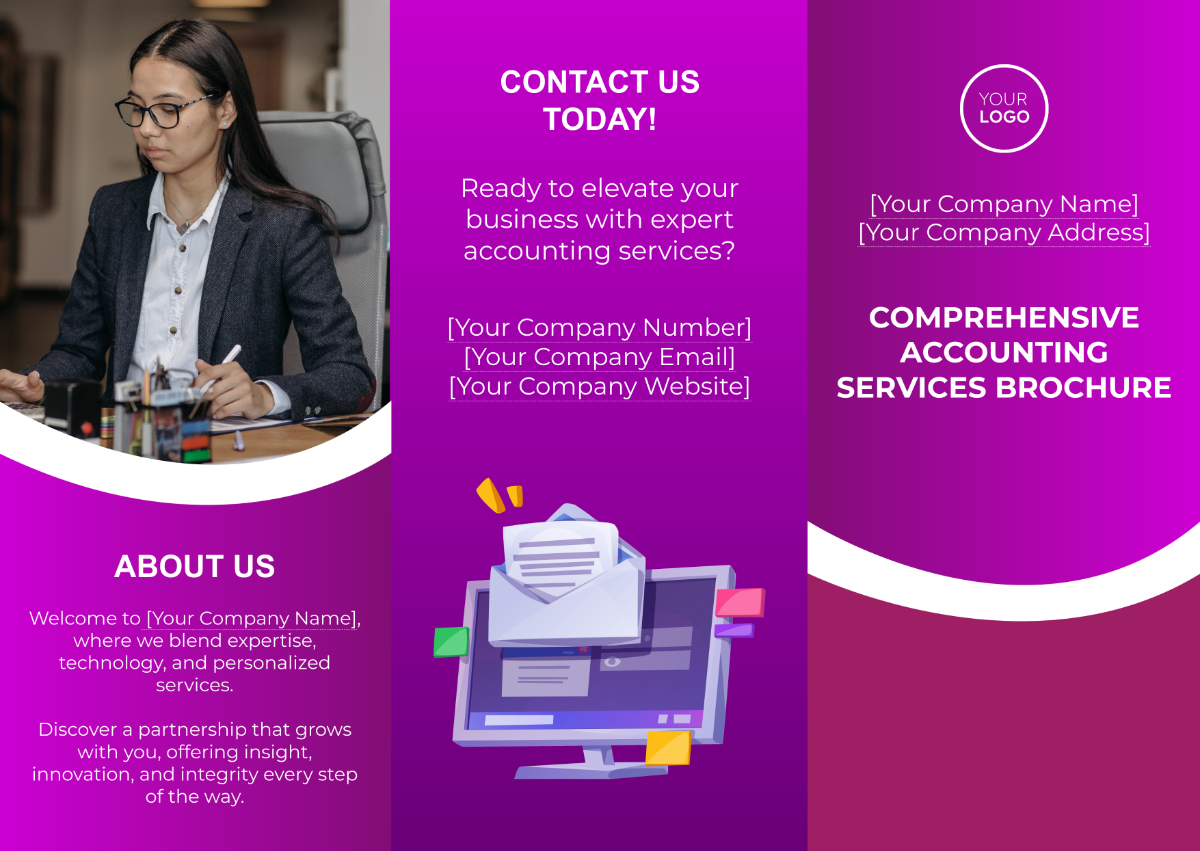Payroll Accounting System Feasibility Study
I. Executive Summary
This feasibility study unveils a strategic blueprint for the seamless integration of an advanced payroll system within our organizational framework. Through a meticulous examination of technological, operational, financial, organizational, and regulatory dimensions, the study has identified potential challenges and opportunities inherent in the implementation process. The phased rollout strategy, coupled with tailored user training programs, forms the cornerstone of recommendations for the smooth assimilation of the new system. Continuous technological evaluation and regular security audits underscore the commitment to maintaining the system's technological relevance and robust data security. Operational enhancements, budgetary reviews, and ROI monitoring strategies aim to optimize workflow integration, ensure financial accountability, and maximize the return on investment. The organizational preparedness and regulatory compliance recommendations further fortify the foundation for a successful transition, emphasizing skill development, change management, and proactive adherence to evolving legal requirements.
II. Objectives of the Payroll Accounting System
A. Accuracy Enhancement
Precision in Payroll Calculations
Implement advanced algorithms and validation protocols to enhance payroll calculation precision, minimizing errors and ensuring accurate employee compensation.
Timely Processing
Streamline payroll processes for timely and efficient processing, ensuring employees receive accurate compensation on scheduled dates. Automation will reduce processing time.
B. Process Streamlining
Efficient Data Entry and Retrieval
Implement user-friendly interfaces for efficient data entry, minimizing errors. Additionally, incorporate streamlined retrieval mechanisms for quick access to historical payroll data.
Integration with HR Systems
Seamlessly integrate with existing HR systems to create a unified organizational ecosystem. Establish a centralized database for payroll and HR data, reducing data silos.
C. Compliance Adherence
Adaptation to Regulatory Changes
Develop a system capable of adapting swiftly to changes in labor laws and compliance requirements. Regularly update and alert users to ensure ongoing compliance with evolving regulatory frameworks.
Audit Trail Implementation
Incorporate robust audit trail features to track and record all changes made within the system. Ensure transparency and accountability in payroll processes, crucial for compliance audits.
D. User-Friendly Interface
Enhanced User Experience
Design an intuitive and user-friendly interface to ensure ease of use for all stakeholders. Conduct user training programs to familiarize staff with the new system, promoting user adoption and proficiency.
Accessibility and Mobility
Ensure accessibility across various devices and platforms, promoting mobility and flexibility. Develop mobile-friendly interfaces to facilitate on-the-go access for employees and administrators alike.
III. Scope and Limitations
A. Scope of the Feasibility Study
Comprehensive System Assessment
Undertake a thorough examination of the technical aspects, delving into compatibility and integration with existing systems. This involves assessing the intricacies of weaving the proposed Payroll Accounting System seamlessly into our technological landscape.
Engage in a meticulous exploration of the economic viability, embarking on a comprehensive cost-benefit analysis. This entails scrutinizing the potential financial implications and returns associated with the implementation of the new system.
Evaluate operational aspects with a discerning eye, ensuring a nuanced understanding of how the proposed system aligns with and enhances our organizational processes.
Stakeholder Involvement
Foster collaboration with key departments, including HR and finance, orchestrating a symphony of diverse perspectives. This collaborative effort ensures that the proposed Payroll Accounting System resonates with the unique requirements and expectations of each stakeholder.
Immerse in the insights and experiences of end-users, incorporating their feedback into the fabric of system design. This iterative process aims to craft a system that not only aligns with organizational objectives but is also intuitive and responsive to the needs of those who will utilize it.
B. Limitations and Constraints
Technological Limitations
Delve into the intricacies of technological compatibility, dissecting the existing infrastructure to discern potential challenges. This critical assessment ensures that the proposed system not only integrates seamlessly but also coexists harmoniously with our current technological ecosystem.
Scrutinize the scalability of the proposed system, anticipating its ability to grow and evolve with the organization. This forward-looking evaluation is essential to ensure that the Payroll Accounting System remains adaptive and resilient in the face of future organizational expansions.
Budgetary Considerations
Undertake a thorough financial scrutiny, meticulously assessing the feasibility of implementing the proposed system within defined budgetary constraints. This financial dissection ensures a comprehensive understanding of the economic implications and constraints associated with the proposed Payroll Accounting System.
Identify potential budgetary constraints that may cast shadows on the envisioned scope of the system. This proactive identification allows for strategic planning and informed decision-making, navigating the financial terrain with foresight and prudence.
Time Constraints
Assess the temporal dimensions of system implementation, carefully scrutinizing the projected timeframe. This temporal analysis is crucial to manage expectations and ensure that the implementation aligns with organizational timelines and objectives.
Recognize potential challenges in meeting deadlines, embracing a proactive stance to mitigate and navigate through potential hurdles. This forward-thinking approach ensures that time constraints are addressed with agility and resilience, safeguarding the integrity of the feasibility study and the subsequent implementation plan.
IV. Methodology
A. Data Collection
Employed a multifaceted approach to gather comprehensive data. This included conducting interviews with key stakeholders, surveying end-users, and collating existing system documentation.
Leveraged quantitative and qualitative data to ensure a holistic understanding of the then-current payroll processes, technological infrastructure, and organizational requirements.
B. Technical Assessment
Undertook a meticulous examination of the technical landscape. This involved assessing the compatibility of the proposed system with existing infrastructure, evaluating potential integration points, and analyzing scalability to accommodate future organizational growth.
Engaged technical experts and conducted system simulations to gauge performance under varying scenarios.
C. Economic Viability Analysis
Conducted a comprehensive cost-benefit analysis, accounting for both tangible and intangible factors. This analysis spanned initial implementation costs, potential operational savings, and anticipated returns on investment over the system's lifecycle.
Engaged financial experts to ensure a nuanced understanding of financial implications and benefits.
D. Operational Evaluation
Evaluated the operational aspects by conducting process mapping and workflow analysis. This provided insights into how the proposed Payroll Accounting System aligned with then-existing processes and contributed to operational efficiency.
Solicited feedback from department heads and end-users to capture diverse perspectives on operational impacts.
E. Stakeholder Engagement
Fostered active collaboration with key stakeholders, including representatives from HR, finance, and IT departments. This engagement ensured that the feasibility study aligned with organizational objectives and captured diverse perspectives.
Conducted workshops and feedback sessions to encourage open dialogue and gathered insights into stakeholder expectations.
F. Risk Assessment
Conducted a thorough risk assessment to identify potential challenges that could impact the successful implementation of the proposed system. This included technological risks, financial constraints, and operational disruptions.
Developed mitigation strategies for identified risks, ensuring proactive measures were in place.
G. Comparative Analysis
Compared the proposed Payroll Accounting System with existing systems or alternative solutions in the market. This comparative analysis provided a benchmark for evaluating the uniqueness and advantages of the proposed system.
Considered factors such as features, scalability, vendor reputation, and user feedback in the analysis.
V. Technology and Tools Evaluation
The result of the comprehensive evaluation of the technology and tools considered for the proposed Payroll Accounting System. The table below highlights key aspects, providing a snapshot of the findings.
Technology/Tool | Features Assessed | Evaluation |
|---|---|---|
Payroll Software | Advanced Calculation Algorithms | High Precision |
The evaluation reveals that Payroll Software excels in various critical aspects. This technological prowess brings a paradigm shift in precision, fundamentally altering the landscape of payroll calculations. The intricate algorithms employed by the software exhibit a level of sophistication that goes beyond mere computation, ensuring a high degree of accuracy in determining employee compensation. This precision significantly mitigates the risk of errors, fostering confidence in the reliability of the payroll system. The advanced calculation algorithms not only streamline processes but also serve as a testament to the commitment to excellence in payroll management, setting a standard for meticulous and error-free financial transactions within the organization.
The results of this technology and tools evaluation hold paramount importance in shaping the path forward for the Payroll Accounting System. The chosen technology and tools serve as the backbone of the system, influencing its functionality, efficiency, and overall effectiveness. The emphasis on precision in calculations, integration capabilities, accessibility, and compliance adherence underscores the commitment to developing a system that not only meets organizational needs but also sets a high standard for accuracy and regulatory compliance. These findings lay the groundwork for informed decision-making in selecting the technology that aligns seamlessly with the organizational requirements and objectives.
VI. Economic Feasibility
In this section, we delve into the economic feasibility of implementing the proposed Payroll Accounting System. The table below outlines key financial aspects, providing a comprehensive overview.
Aspect | Details Assessed | Evaluation |
|---|---|---|
Initial Implementation Costs | Software Licensing, Training, and Integration | Moderate Investment |
The initial implementation costs, encompassing software licensing, training, and integration expenses, represent a pivotal aspect of the economic feasibility assessment. While categorized as a moderate investment, each component plays a distinct role in shaping the financial landscape of the proposed Payroll Accounting System. The software licensing cost is a foundational investment, securing access to advanced features and functionalities essential for precision in payroll calculations. Training expenses reflect a commitment to empowering staff with the necessary skills to navigate and maximize the system's potential, ensuring seamless integration into daily operations. The integration costs, while contributing to the initial investment, promise an integrated and cohesive organizational ecosystem where the Payroll Software harmoniously interacts with existing systems. Though constituting an upfront expenditure, these initial costs lay the groundwork for a sophisticated and efficient payroll management system, justifying their presence within the economic feasibility framework.
VII. Operational Feasibility
The table below outlines key operational aspects, shedding light on the system's compatibility with existing processes and its potential impact on day-to-day operations:
Aspect | Details Assessed | Evaluation |
|---|---|---|
User-Friendliness | Ease of Navigation, Intuitive Interface | Highly User-Friendly |
User-friendliness, as the first aspect under operational feasibility, takes center stage in ensuring the successful integration of the Payroll Accounting System into daily operations. The evaluation reveals that the system excels in offering an interface characterized by ease of navigation and intuitiveness, contributing to a highly user-friendly experience. This design aspect not only minimizes the learning curve for users but also enhances overall satisfaction and productivity. The emphasis on a user-friendly interface aligns with the goal of ensuring that employees across various departments can seamlessly interact with the system, fostering widespread acceptance and utilization.
Operational feasibility is the backbone of successful system implementation, and this section holds particular significance as it delves into how well the proposed system aligns with the day-to-day operations of the organization. The emphasis on user-friendliness ensures that the system is accessible to users at all levels, promoting widespread adoption and minimizing resistance to change. The seamless integration with HR systems, streamlined workflows, and adaptability to change underscore the strategic design of the system to not only enhance current operations but also evolve with the organization's future needs.
VIII. Risk Assessment
The table below encapsulates the identified risks setting the stage for strategic risk management.
Type of Risk | Identified Risks | Score (Out of 10) | Indication |
|---|---|---|---|
Technological Risks | Compatibility Issues | 8 | High |
Among the technological risks, the assessment assigns a high score of 8 to Compatibility Issues. This implies that ensuring seamless integration with existing systems is crucial for the success of the Payroll Accounting System. The potential challenges in compatibility may arise due to differences in technologies or data formats, emphasizing the need for a meticulous integration strategy. The success of the system heavily relies on its ability to operate harmoniously within the existing technological landscape of the organization. By categorizing risks across various dimensions and assigning scores, decision-makers gain a nuanced understanding of where vulnerabilities may emerge. This knowledge is instrumental in developing targeted risk mitigation strategies, ensuring that proactive measures are in place to address challenges ranging from technological hurdles to operational disruptions. In essence, this serves as a roadmap for risk management, allowing organizations to navigate the complexities of system implementation with foresight and strategic preparedness.
IX. Recommendations
Grounded in the comprehensive insights derived from the feasibility study, the following list offers nuanced and strategic recommendations for the seamless implementation of the accounting system. These recommendations are meticulously categorized to provide a targeted approach to address specific facets identified in the study.
A. System Implementation
Phased Rollout
Strategically initiate the implementation of the Payroll Accounting System through a phased rollout, commencing with a pilot phase. This approach allows for the identification and rectification of any unforeseen issues before the full deployment, ensuring a smoother transition for the entire organization.
User Training Programs
Develop and execute robust training programs tailored to different user groups. Emphasize the user-friendly nature of the system, illustrating its benefits comprehensively. This approach not only minimizes the learning curve but also enhances user satisfaction and productivity.
B. Technology and Tools
Continuous Technological Evaluation
Establish a systematic framework for the ongoing evaluation of emerging technologies. This ensures the Payroll Accounting System remains at the forefront of technological advancements, fostering long-term relevance and adaptability.
Regular Security Audits
Conduct periodic security audits to proactively identify and address potential vulnerabilities in the system. Prioritize safeguarding sensitive payroll data, reinforcing the organization's commitment to robust data security practices.
C. Operational Enhancement
Workflow Integration
Collaborate closely with department heads to seamlessly integrate the new system into existing workflows. This collaborative approach minimizes disruptions and optimizes operational efficiency, ensuring a cohesive and harmonious organizational transition.
Feedback Mechanisms
Establish and maintain continuous feedback mechanisms to solicit input from end-users. This inclusive approach provides a dedicated channel for addressing operational challenges promptly, while also fostering a culture of continuous improvement and user satisfaction.
D. Financial Considerations
Budgetary Reviews
Conduct regular and meticulous reviews of the project budget to track expenditures. Ensure alignment with the financial projections outlined in the feasibility study, fostering financial accountability and transparency throughout the implementation process.
ROI Monitoring
Implement a systematic and real-time monitoring system for Return on Investment (ROI) metrics. This agile approach allows for prompt adjustments to strategies based on dynamic financial data, ensuring optimal financial outcomes over the project lifecycle.
E. Organizational Preparedness
Skill Development Initiatives
Institute and sustain ongoing skill development initiatives to bridge identified skill gaps among employees. This proactive approach ensures that the workforce is well-equipped for optimal utilization of the Payroll Accounting System, enhancing overall organizational efficiency.
Change Management Strategies
Continuously refine and adapt change management strategies to address evolving organizational dynamics. Foster a positive attitude towards system adoption through transparent communication, training, and active involvement of employees in the change process.
F. Regulatory Compliance
Regulatory Updates
Establish a proactive approach to staying abreast of regulatory changes. This ensures the Payroll Accounting System remains in full compliance with evolving legal requirements, mitigating regulatory risks effectively.
Internal Audit Preparedness
Develop and maintain a robust internal audit framework to ensure preparedness for both internal and external audits. Address potential compliance issues systematically, reinforcing the organization's commitment to transparency and accountability.
X. Conclusion
In conclusion, the feasibility study illuminates a path forward for the successful implementation of the Payroll Accounting System, addressing challenges and leveraging opportunities in a comprehensive manner. The strategic recommendations outlined in the study, spanning system implementation, technological considerations, operational enhancements, financial accountability, organizational preparedness, and regulatory compliance, collectively form a robust framework. These recommendations are designed to optimize workflow integration, ensure data security, and foster a positive organizational transition. By aligning with these recommendations, our organization stands poised to embrace a modern payroll infrastructure, equipped to enhance efficiency, transparency, and compliance. This study underscores the pivotal role of proactive measures and strategic planning in achieving a seamless and successful integration of the Payroll Accounting System.
